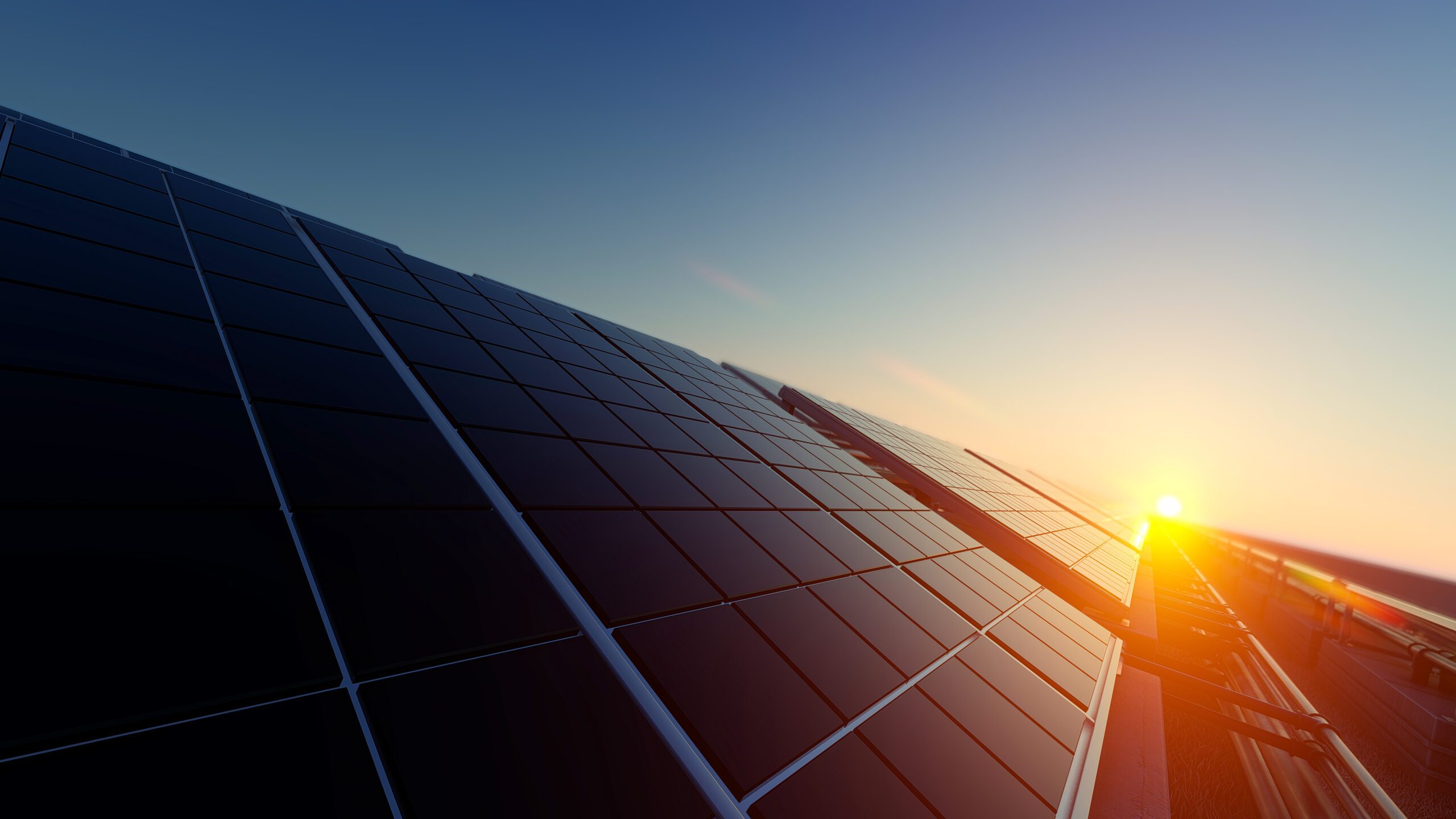Why It Makes Sense to Run on Sun?
There has never been a better time to go solar. Save up to tens of thousands per year on rising electricity costs by running more of your business on clean energy.
And, as the government introduces more CO2 emissions policies to combat climate change, regional utilities are offering companies huge installation incentives to go green, along with cash back for sharing solar with the grid.
Meet the growing consumer and investor demand for more greener business initiatives with a solution that keeps costs low and supports a healthier community.


Hedging Pricing Volatility
Protect energy retailers from energy price peaks by facilitating access to stored energy and interruptible loads through automatically discharging energy or removing demand, to reduce costs during peak price hours.
How Solar Works and Why SolarEdge Works Better
PV modules generate electrical power by converting solar radiation into direct current (DC). Inverters then convert the DC power to alternative current (AC) used to power homes and businesses.
Inverters costs up to 20% of the overall solar energy system but manage 100% of the system production. Therefore, inverter selection is critical for the long-term financial performance of a PV system as it can maximize energy production and reduce lifetime costs.
Inverters costs up to 20% of the overall solar energy system but manage 100% of the system production. Therefore, inverter selection is critical for the long-term financial performance of a PV system as it can maximize energy production and reduce lifetime costs.
HOW DOES A HOME SOLAR SYSTEM WORK?
A home solar system is made up of components that all work together to convert the power of sunlight into usable energy for your lights, appliances and devices. 1. Solar panels Solar panels are made of photovoltaic cells (solar panels) that convert sunlight to direct current electricity (DC electricity). As long as the sun ray’s are making contact with your roof, your panels are converting solar radiation into DC electricity. Even when it’s cloudy, you can still expect your panels to produce majority of their normal output. But your electricity isn’t ready just yet. You’ll need an inverter to get the kind of power you need to turn the lights on. 2. Inverter The inverter takes the DC electricity produced by your solar panels and turns it into alternating current electricity (AC electricity). It’s typically installed on an exterior wall of your house, or in the garage. 3. Main electric service panel Solar electricity from your inverter flows to the electrical panel, and then into to your home where it powers your lights and appliances. If your panels generate more solar energy than you use, the excess power will flow to the utility grid. Even better? You might even earn energy credits from your local utility for the power you send. 4. Utility meter When your system produces more than you need, the excess energy is sold back to your utility and credited to your monthly electric bill. When you need more energy than your solar system can produce, your home will automatically pull the energy from your utility. Your utility meter measures how much energy comes from and goes to the grid.
Grid Services
Get paid for bringing our energy to the grid
Learn more
